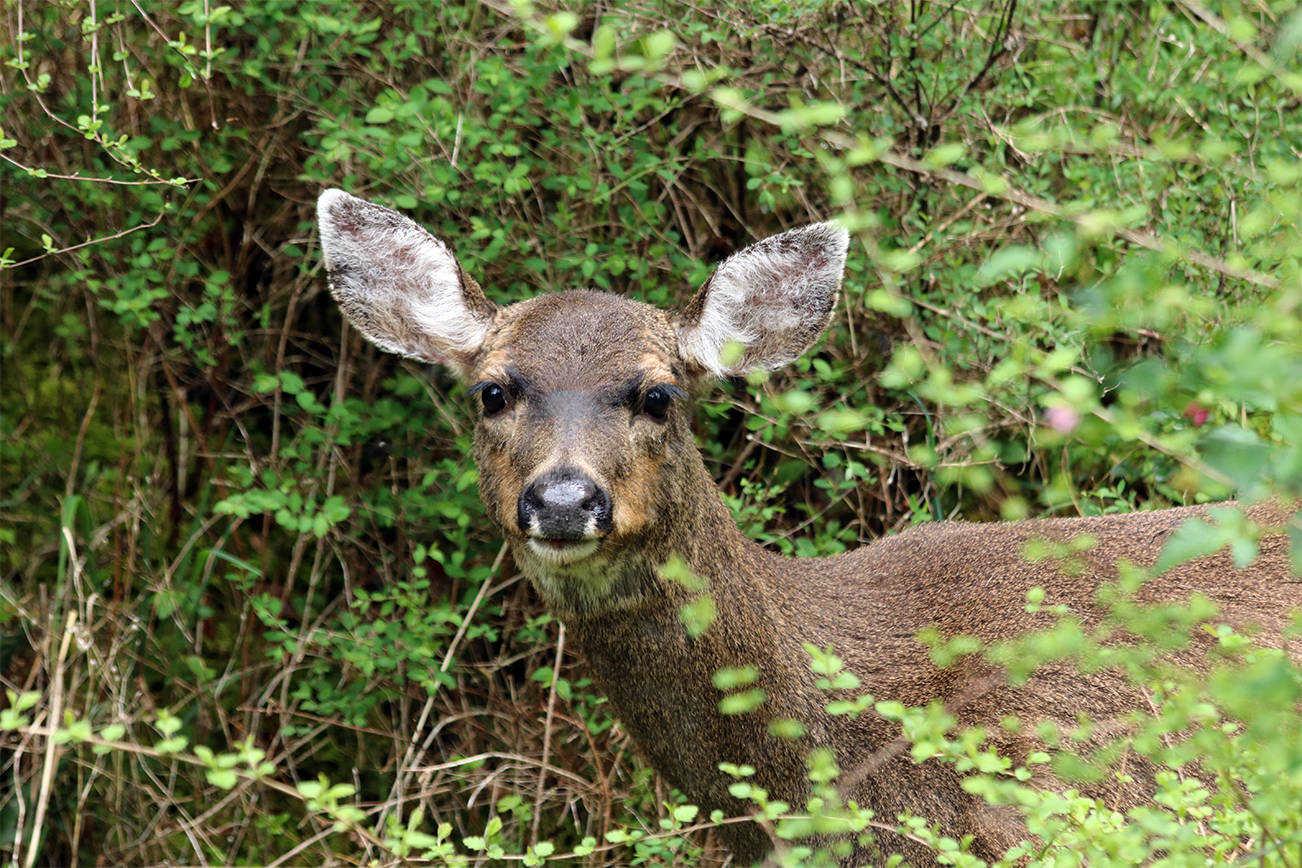When deer in the San Juans started turning up dead with white foam around their mouths officials first thought it was due to fertilizers, but now the theory has turned to Adenovirus Hemorrhagic Disease.
“Over the last few weeks, the sheriff’s office has been getting increasingly more reports of dead [deer] that show no real signs of trauma but have foaming mouths,” San Juan County Sheriff Ron Krebs said in a statement to county media.
A deputy on Orcas responded to a report of several deceased deer in the area of Spring Point Road on May 9. Over the course of a week, a total of 10 deer were reported deceased in the area, according to a press release.
The Sheriff’s Office will continue to work with WDFW on this issue. Report incidents of multiple cases of deceased wildlife to the Sheriff’s Office at 360-378-4151.
The first confirmed case of AHD in the state of Washington was in August 2017, according to the WDFW website. Oregon last had an outbreak of the disease near the north-central town of The Dalles in spring 2017.
“Adenoviruses belong to a small group of viruses that can infect a variety of animals, both wild and domestic. AHD in deer was first identified in California in 1994,” WDFW’s website states. “It has been common enough in California and other western states that it likely has afflicted Washington deer in the past, but was first documented in 2017.”
Coming into contact or consuming the meat of a deer afflicted with AHD poses no risk to livestock, pets or people, according to WDFW. Signs of infection include rapid or open-mouth breathing; foaming or drooling at the mouth; diarrhea which is sometimes bloody; weakness; and emaciation. There is no known cure or treatment, according to WDFW.
Learn more about AHD at https://wdfw.wa.gov/species-habitats/diseases/AHD.
“AHD is transmitted by direct contact between deer, either through bodily fluids or possibly airborne routes. This makes it more likely for the virus to spread in areas with high deer concentrations,” the WDFW website says. “To minimize the spread, feed or water should not be provided in order to avoid concentrating deer.”




